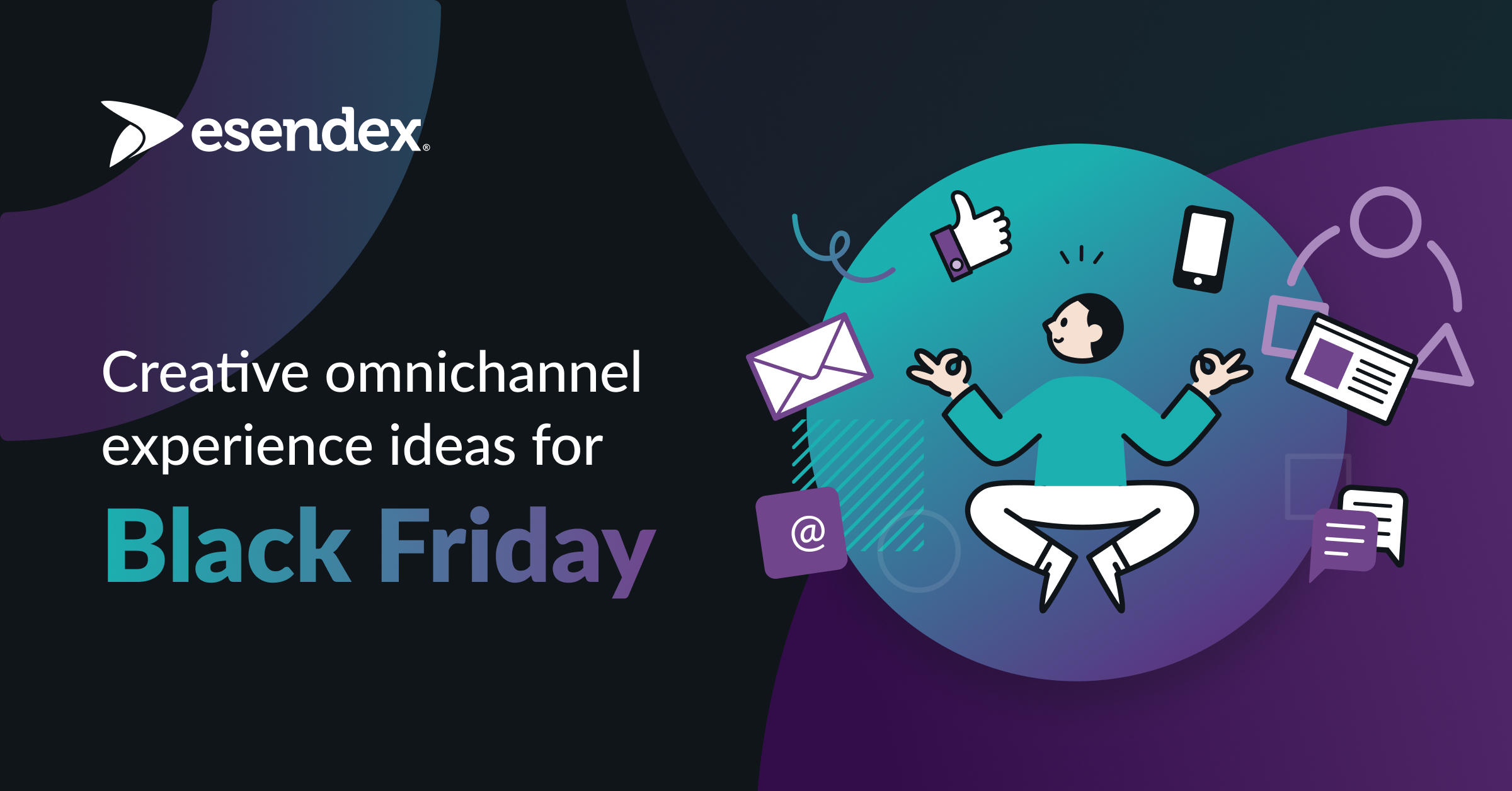As Black Friday fast approaches, marketing teams are gearing up to deliver the most eye-catching campaigns possible. One of the biggest challenges is standing out from the sea of messages sitting in customers’ inboxes. What can you do to stand out?
There’s no single surefire way but one stance is to adopt an omnichannel approach. Give customers and prospects access to your products, offers and services across a variety of channels, devices and platforms. Allow them to move freely between them all. So, even if they missed your first message, you can target them via another channel/device/platform.
Here are some omnichannel experience examples you could adopt for your Black Friday campaign.
- Send follow-up reminders via other channels
- Optimise your website for mobile
- Upsell when sending order and shipping confirmations
- Re-engage with dormant customers
- Offer destinations in addition to stores
1. Send follow-up reminders via other channels
One of your first instincts may be to launch an email marketing campaign in the lead-up to Black Friday. While email is and should remain a staple in your marketing communications stack, it’s easy for your prospects and customers to miss your email among the mass of other emails they’ll receive.
Rather than relying on email nurturing workflows, experimenting with subject lines or testing different times to send the email, why not incorporate other communication channels into your strategy?
For example, send text or WhatsApp messages to people who didn’t open your email. Your messages could be as simple as a “It’s your last chance to get 20% off!” reminder along with a link to your website. Or, you could take it to the next level with rich messaging features, such as an interactive button that links to your website.
With text messages boasting an average open rate of 99% and 97% of messages being read within 15 minutes of delivery, this channel can be an excellent way to boost your marketing efforts.
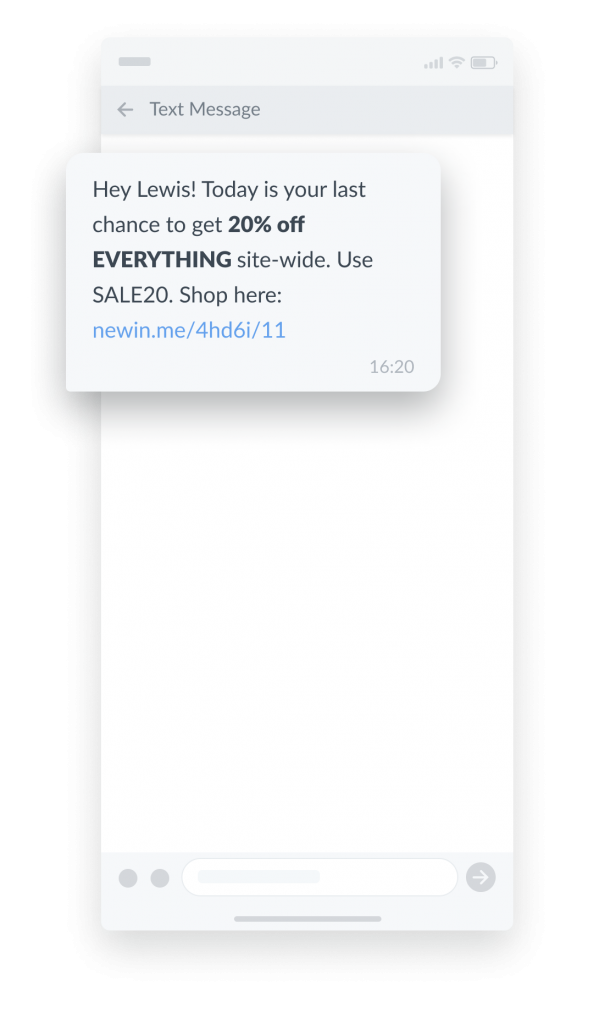
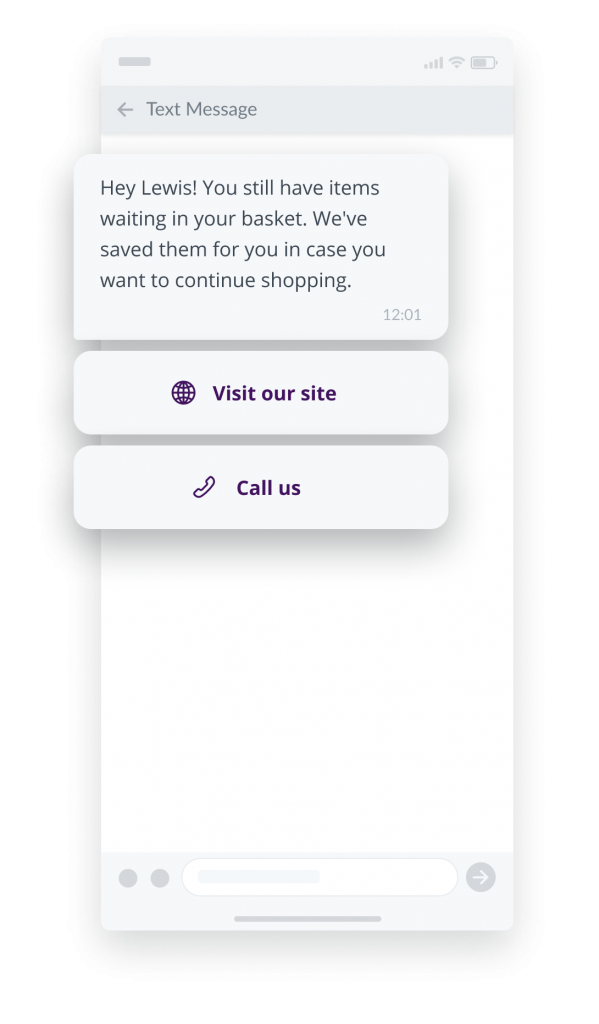
2. Optimise your website for mobile
More than half (59%) of global website traffic is generated by mobile devices and this figure has consistently sat around the 50% mark since the start of 2017. So, your brand needs to be able to cater to this – whether that’s offering a mobile-optimised website or an app.
Additionally, the device/platform your customers start their journey with may not be the one they end it on. In other words, people are accustomed to browsing a website on desktop, moving over to an app, then reading reviews via their mobile device’s internet browser before finally heading over to checkout on their mobile.
Thus, make sure your channels and platforms are not only optimised for these different devices, but they’re also connected so customers can easily switch between them and still receive a consistent experience.
3. Upsell when sending order and shipping confirmations
If there’s an email or message that’s almost always read, it’ll be the order and shipping confirmations. Why don’t you take this opportunity to upsell?
In the same email/message, you can include an exclusive promotional code as a ‘thank you’ and to encourage customers to return. Or, you can remind them of an upcoming/ongoing sale. There are many possibilities here!
4. Re-engage with dormant customers
Existing customers are valuable. Not only are they more likely to return to do more business with you, but they also tend to spend more. And therein lies a main challenge…getting them to return.
One way to do this is to show your appreciation of them. Make them feel special. Here’s an example workflow:
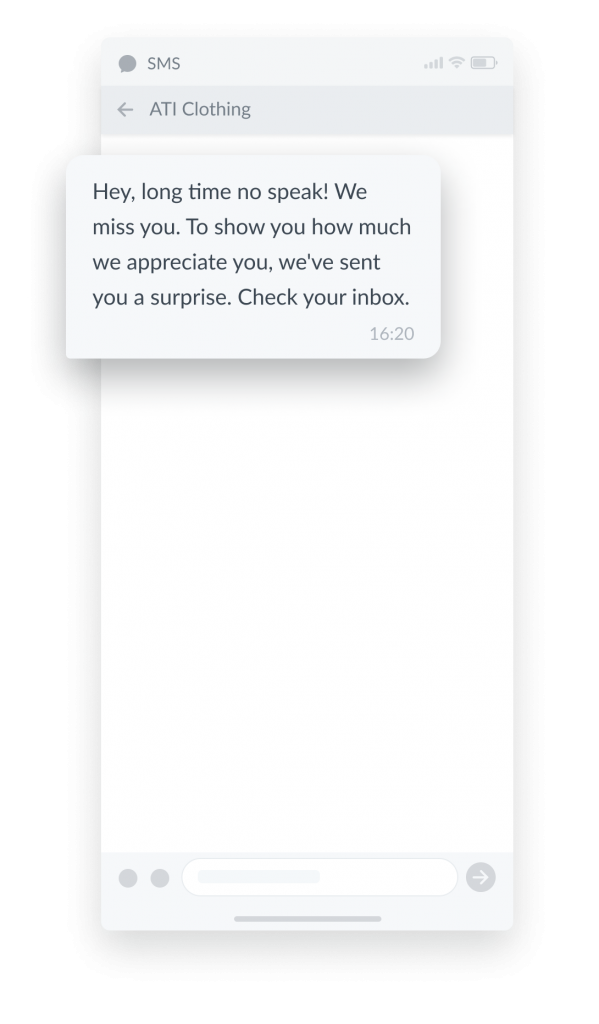
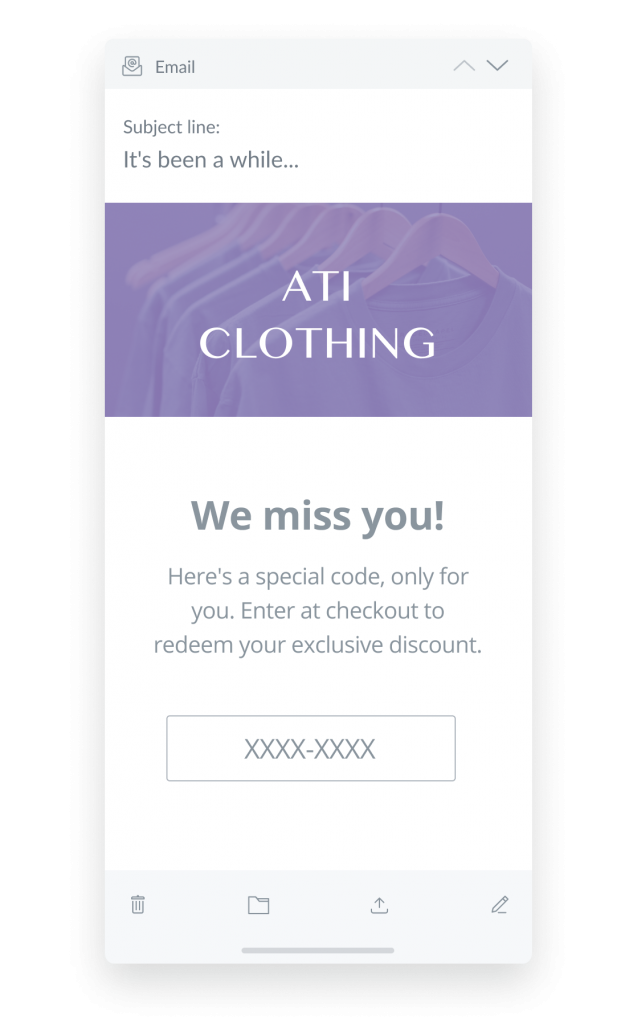
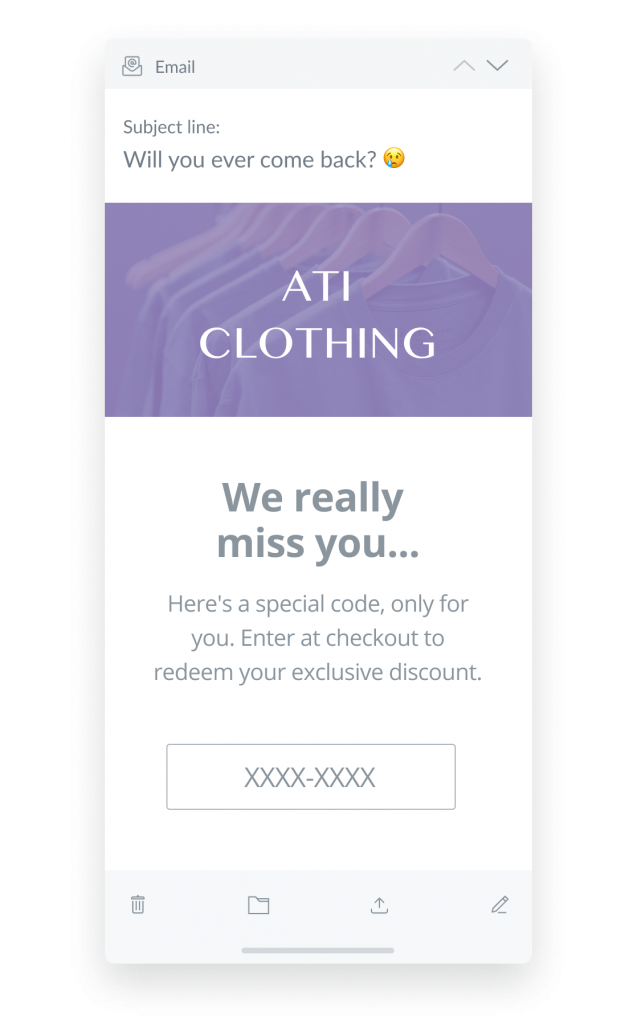
5. Offer destinations in addition to stores
Physical stores and a user-friendly website are phenomenal assets. But ensuring your store’s floor plan is optimised and your website is engaging will only take you so far. Today’s customers are also looking for a great experience.
They want to be able to purchase goods online and collect them in stores. They want to add items to their basket via your website, then head over to your app and see that the items are still there. They want to switch from store to website to social media channel to app and for it all to feel like the same brand.
It’s about offering a destination, not just a physical or digital store. That’s how businesses can deliver a memorable customer experience.
Is your omnichannel experience strategy aligned with customer expectations?
As technology advances, the more it becomes integrated into our everyday lives. The majority of us will think nothing of starting their digital journey on desktop, switching over to tablet before finishing on mobile. We may even receive a smartwatch notification somewhere in between.
For businesses, that means offering an omnichannel experience. In other words, give customers and prospects access to your products, offers and services across a variety of channels, devices and platforms. And these should all be connected so customers can move seamlessly between them.
However, do you know which channels, devices and platforms your customers prefer to use and receive messages from? Do you know the journey they like to take? Knowing this is what will help you to craft the right omnichannel strategy.
We recently polled over 4,000 shoppers globally to discover how they’re planning to engage with brands this Black Friday. From opt-in preferences and when they want to hear from brands about Black Friday sales to which channels are most likely to lead to a sale, download our guide to learn more.
Download your Black Friday Guide below.

